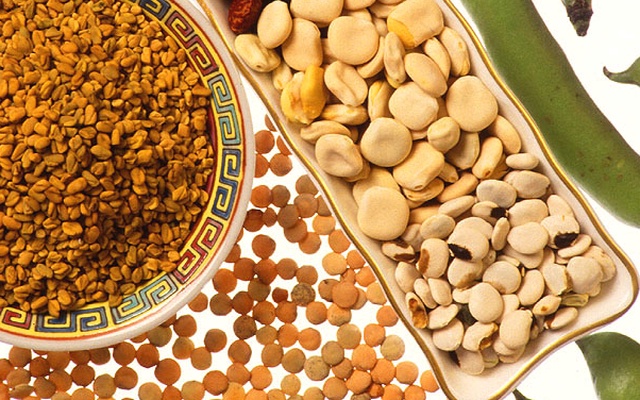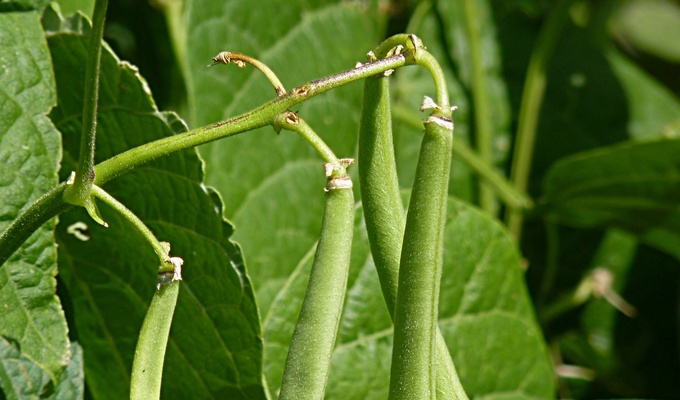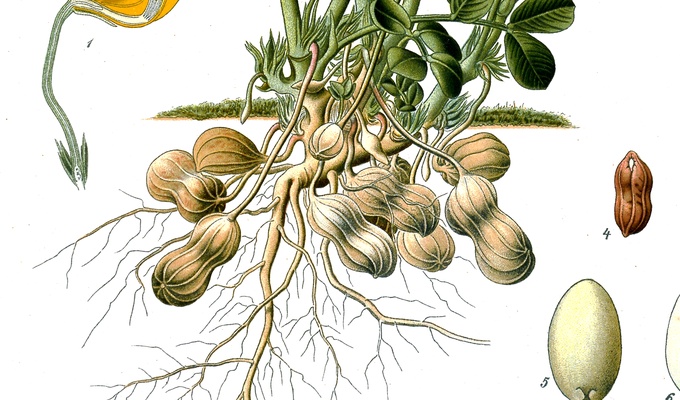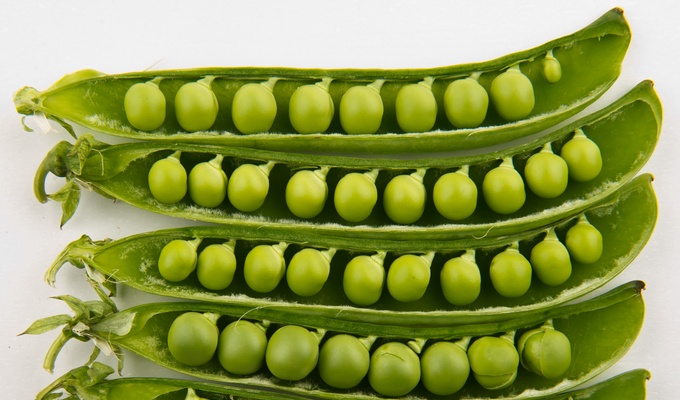Legumes are the edible seeds of beans, peas, chickpeas, lentils, and peanuts, or the plants that produce these seeds. When these seeds are eaten dry, they are also called pulses.
Nutritionally, legumes are valued for their high protein content, making them an essential source of protein, particularly in plant-based diets. They are also rich in dietary fiber, which contributes to digestive health and helps regulate blood sugar levels. In addition to protein and fiber, legumes provide a variety of essential nutrients, including iron, folate, potassium, and magnesium. However, legumes contain anti-nutritional factors, such as phytic acid and lectins, which can inhibit the absorption of certain minerals. These compounds can be reduced through proper preparation methods, such as soaking, sprouting, or fermenting, which enhance the nutritional availability of legumes.
In culinary contexts, legumes are often used to provide bulk and texture to dishes. For example, lentils and beans can be used to thicken soups and stews, while chickpeas are a key ingredient in hummus. The ability of legumes to absorb flavors from other ingredients makes them a versatile component in a wide range of cuisines, from Indian dals to Mexican refried beans. Despite their many benefits, cooking legumes requires attention to detail, as undercooked legumes can be difficult to digest and may retain anti-nutritional factors.





